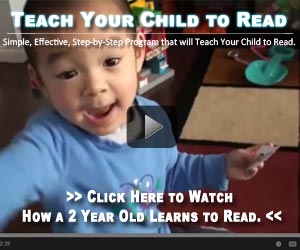Teaching Toddlers With Creativity
Learning for young toddlers requires a creative, unique approach that is different from later years in life. Activities that encourage brain development are incredibly well-received, but require a lot of work on the parent’s behalf. There is going to be a long journey over the next eighteen years, but the starting phase is likely the most important. It’s during this phase that the fundamental learning process begins and small lessons taught here will be amplified throughout the remaining years. Read the tips below and learn a bit for yourself before taking the next step and getting your child involved.
Pick up a small package of crayons or markers and hand them off to your toddler. Allow them to be as creative as possible, releasing their ideas upon the paper in swirls and dots of colors. This is a great time to begin differentiating the various colors while instilling basic visual creativity. A few hours spent drawing on a piece of paper may result in the world’s next Picasso!
Play-dough is a child’s favorite and still serves as one of the best learning tools with a creative focus. This amorphous blob can be molded, shaped, and twisted into any design that their tiny hands can articulate. There are different colors, styles, and textures that give the toddler instant visual feedback throughout the learning process. Creative outlets such as this are perfect for establishing intuitive artistic capabilities.
Older siblings are sometimes more capable than the parents themselves. Let the children get together with a small basket of paints, markers, and paper. The mind of a child and the mind of a toddler often work well together, teaching one another without fully understanding any of the lessons they are learning. The older, more mature of the two will take on the role of responsibility while the younger toddler watches and learns from the sibling.
TV isn’t necessarily a bad thing, and a few minutes spent watching a DVD or video with your toddler may have a big impact on their life. It will begin the fundamentals of learning language while also capturing their attention and providing a medium that the both of you can enjoy. Educational media is the best option in all scenarios because it provides the same entertainment with an underlying focus on the problem-sets that their particular age-range will be experiencing.
A large bucket of magnetic letters will provide the building blocks for grammar and intuitive language comprehension during the early development stages. Giving the child access to a large surface such as a refrigerator and these magnets will open their eyes to new words, colors, and ideas. Watch as they form vowel sounds, begin to arrange the letters in their correct order, and eventually form entire words that have a meaning. The visual aspect of the magnets and the ability to be arranged according to any immediate thoughts are the fundamental improvements over pencil and paper.
The learning process of a toddler may seem trivial, but it is the most important and should be handled with care. Use these tips to build a creative classroom with your new honor student!




